Visit the thousand-year-old Salt pans in Mangkam, Tibet: masterpieces of sunshine and wind
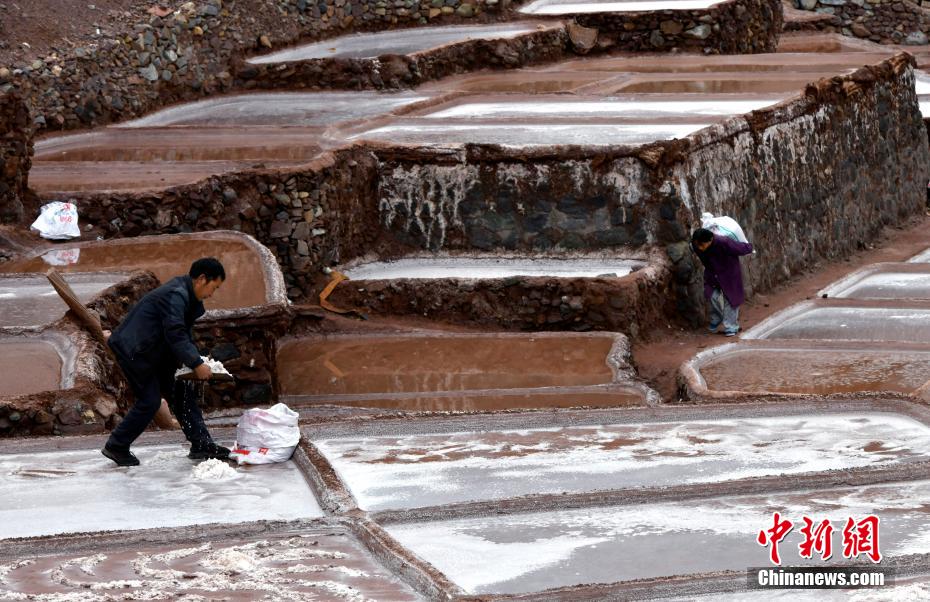
On both sides of the Lancang River in Naxi Ethnic Township, Mangkam County, Chamdo, Tibet, there is a place with thousands of pieces of ancient salt pans, large and small. According to historical records, the local history of evaporating brine to make salt can be traced back to more than 1,000 years ago. The salt pans built with wooden columns are scattered high and low and spread on both sides of the Lancang River. Local people draw brine from salt wells and ponds near the river and introduce it into salt pans, where it crystallizes into salt in sunlight and wind.
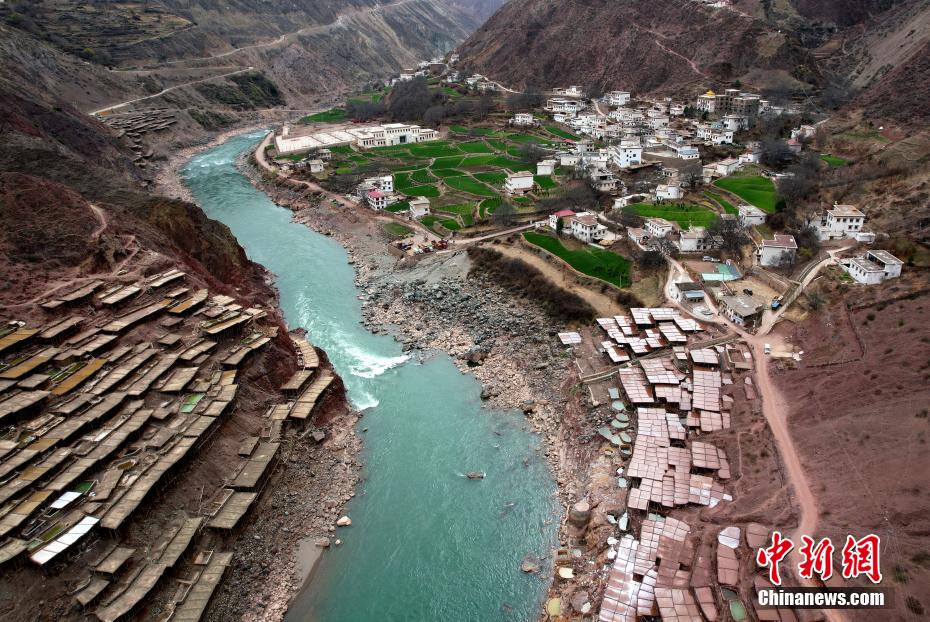
On both sides of the Lancang River in Naxi Ethnic Township, Mangkam County, Chamdo, Tibet, there is a place with thousands of pieces of ancient salt pans, large and small. According to historical records, the local history of evaporating brine to make salt can be traced back to more than 1,000 years ago. The salt pans built with wooden columns are scattered high and low and spread on both sides of the Lancang River. Local people draw brine from salt wells and ponds near the river and introduce it into salt pans, where it crystallizes into salt in sunlight and wind.
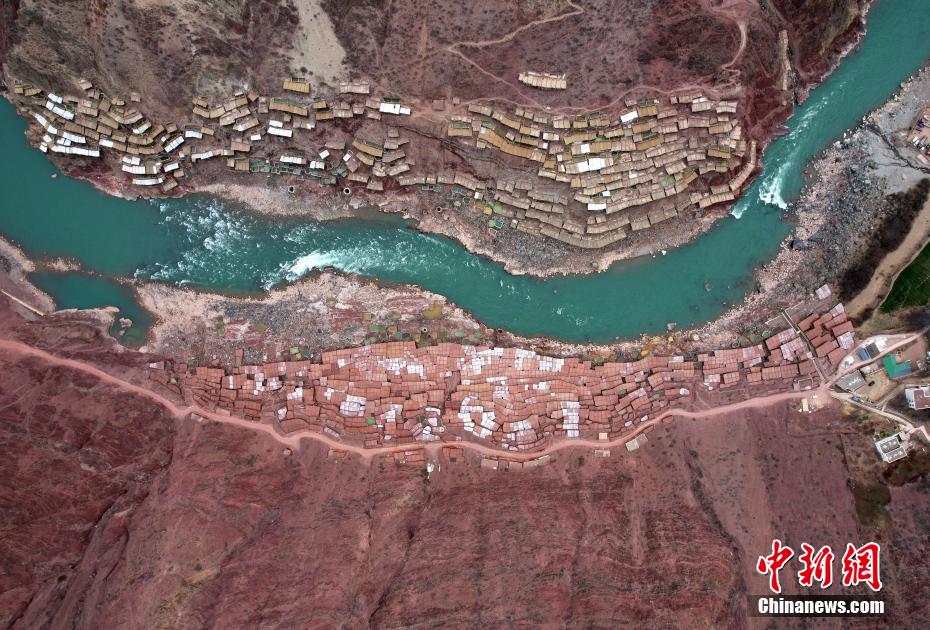
On both sides of the Lancang River in Naxi Ethnic Township, Mangkam County, Chamdo, Tibet, there is a place with thousands of pieces of ancient salt pans, large and small. According to historical records, the local history of evaporating brine to make salt can be traced back to more than 1,000 years ago. The salt pans built with wooden columns are scattered high and low and spread on both sides of the Lancang River. Local people draw brine from salt wells and ponds near the river and introduce it into salt pans, where it crystallizes into salt in sunlight and wind.

On both sides of the Lancang River in Naxi Ethnic Township, Mangkam County, Chamdo, Tibet, there is a place with thousands of pieces of ancient salt pans, large and small. According to historical records, the local history of evaporating brine to make salt can be traced back to more than 1,000 years ago. The salt pans built with wooden columns are scattered high and low and spread on both sides of the Lancang River. Local people draw brine from salt wells and ponds near the river and introduce it into salt pans, where it crystallizes into salt in sunlight and wind.

On both sides of the Lancang River in Naxi Ethnic Township, Mangkam County, Chamdo, Tibet, there is a place with thousands of pieces of ancient salt pans, large and small. According to historical records, the local history of evaporating brine to make salt can be traced back to more than 1,000 years ago. The salt pans built with wooden columns are scattered high and low and spread on both sides of the Lancang River. Local people draw brine from salt wells and ponds near the river and introduce it into salt pans, where it crystallizes into salt in sunlight and wind.
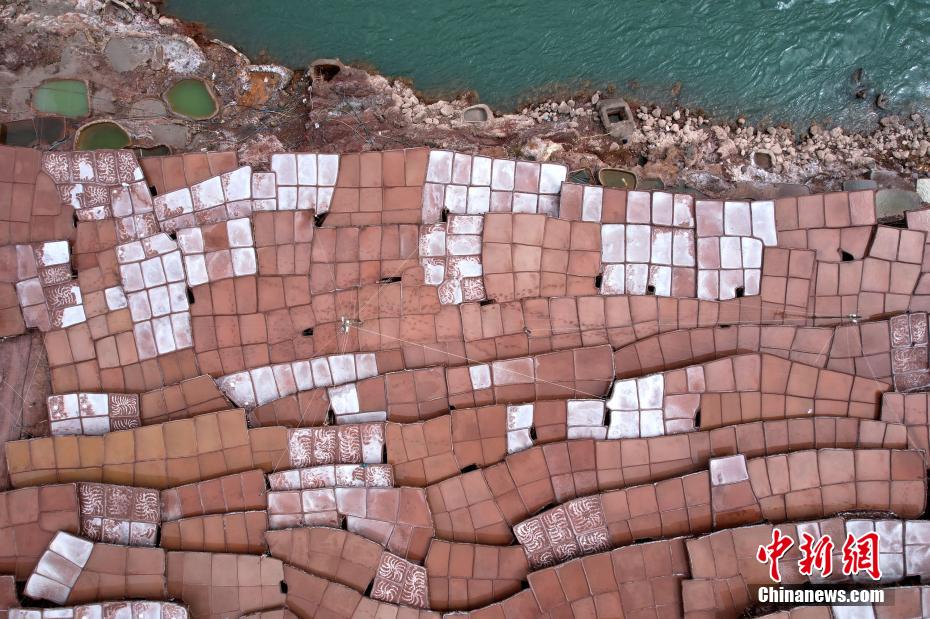
On both sides of the Lancang River in Naxi Ethnic Township, Mangkam County, Chamdo, Tibet, there is a place with thousands of pieces of ancient salt pans, large and small. According to historical records, the local history of evaporating brine to make salt can be traced back to more than 1,000 years ago. The salt pans built with wooden columns are scattered high and low and spread on both sides of the Lancang River. Local people draw brine from salt wells and ponds near the river and introduce it into salt pans, where it crystallizes into salt in sunlight and wind.
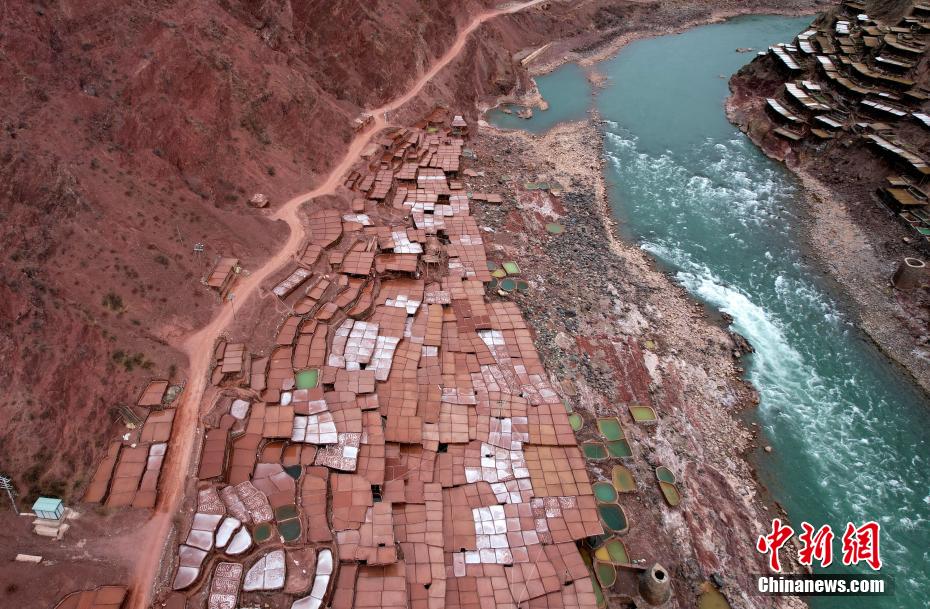
On both sides of the Lancang River in Naxi Ethnic Township, Mangkam County, Chamdo, Tibet, there is a place with thousands of pieces of ancient salt pans, large and small. According to historical records, the local history of evaporating brine to make salt can be traced back to more than 1,000 years ago. The salt pans built with wooden columns are scattered high and low and spread on both sides of the Lancang River. Local people draw brine from salt wells and ponds near the river and introduce it into salt pans, where it crystallizes into salt in sunlight and wind.
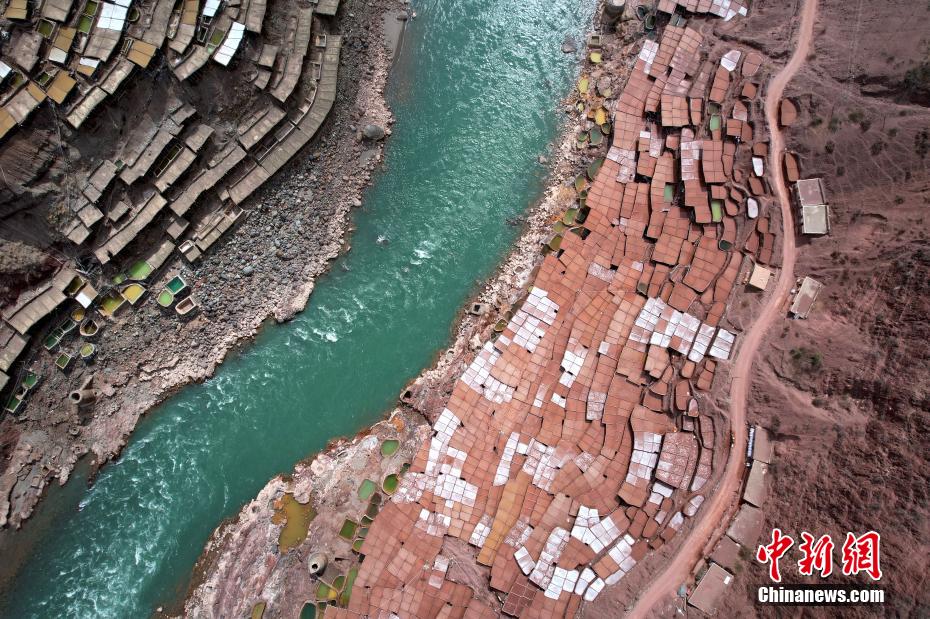
On both sides of the Lancang River in Naxi Ethnic Township, Mangkam County, Chamdo, Tibet, there is a place with thousands of pieces of ancient salt pans, large and small. According to historical records, the local history of evaporating brine to make salt can be traced back to more than 1,000 years ago. The salt pans built with wooden columns are scattered high and low and spread on both sides of the Lancang River. Local people draw brine from salt wells and ponds near the river and introduce it into salt pans, where it crystallizes into salt in sunlight and wind.
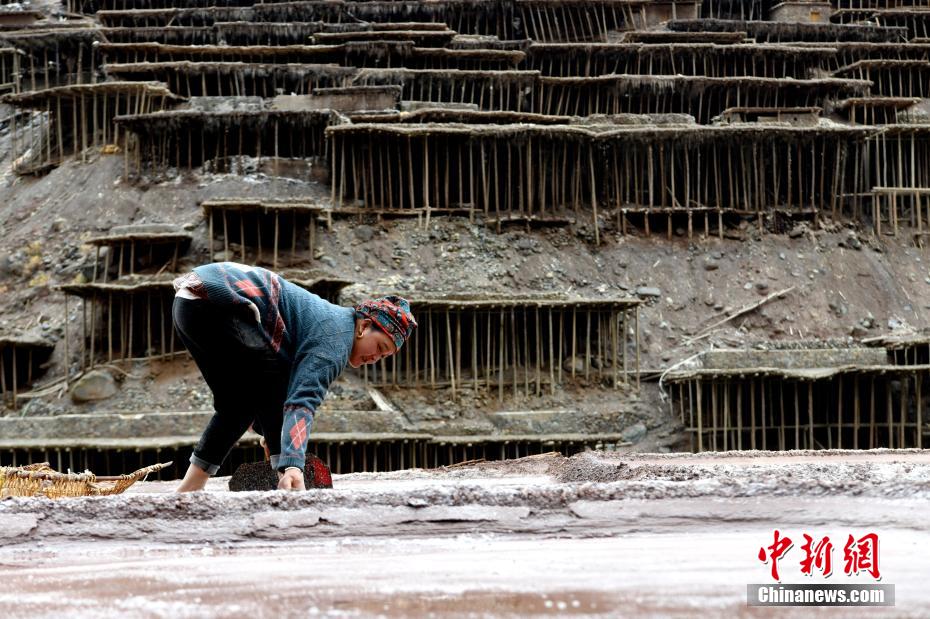
On both sides of the Lancang River in Naxi Ethnic Township, Mangkam County, Chamdo, Tibet, there is a place with thousands of pieces of ancient salt pans, large and small. According to historical records, the local history of evaporating brine to make salt can be traced back to more than 1,000 years ago. The salt pans built with wooden columns are scattered high and low and spread on both sides of the Lancang River. Local people draw brine from salt wells and ponds near the river and introduce it into salt pans, where it crystallizes into salt in sunlight and wind.
Tibet Stories
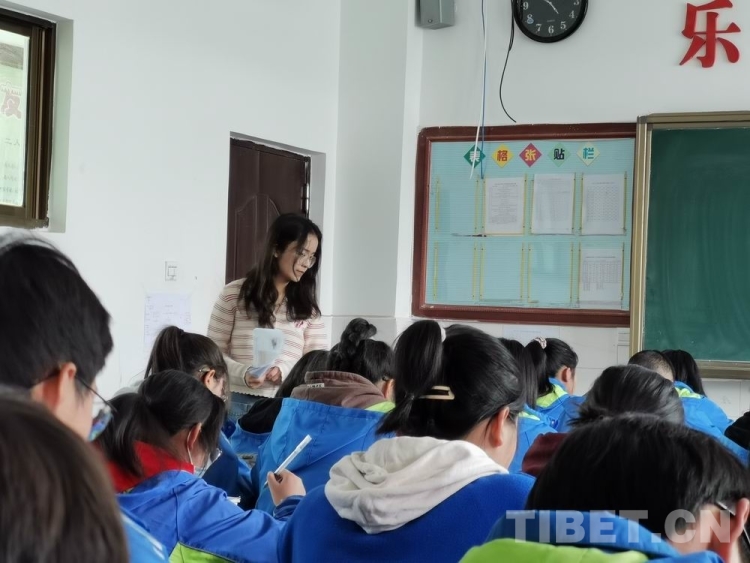
Tibet boarding schools narrow the rural-urban education gap
The boarding school system in Tibet has maximized education opportunities for the children o...

